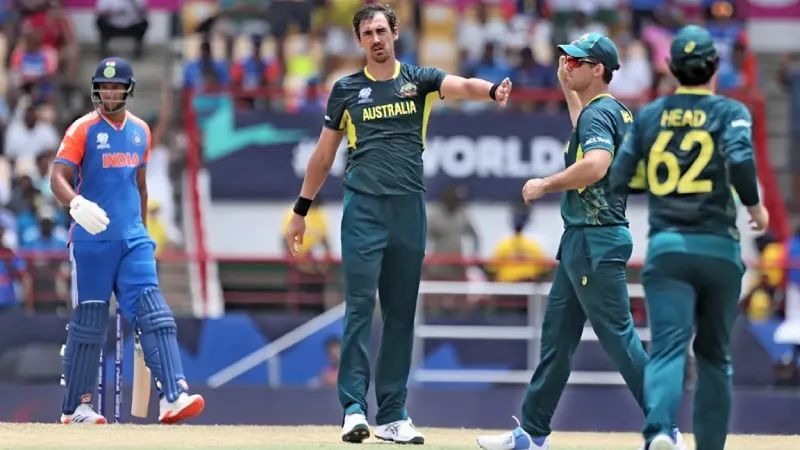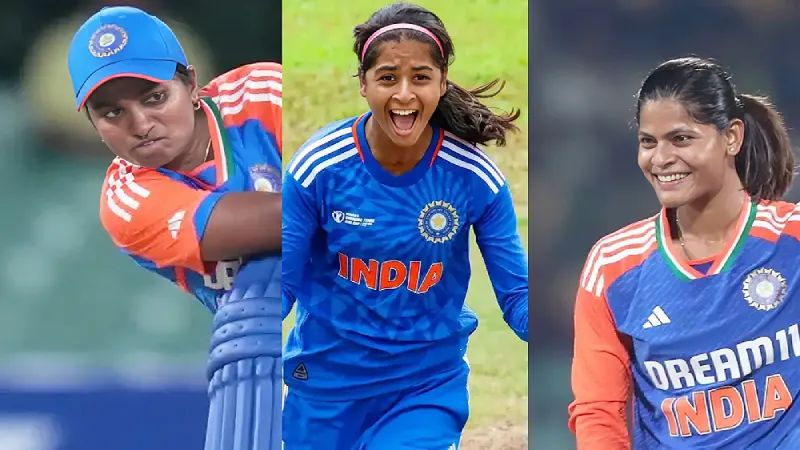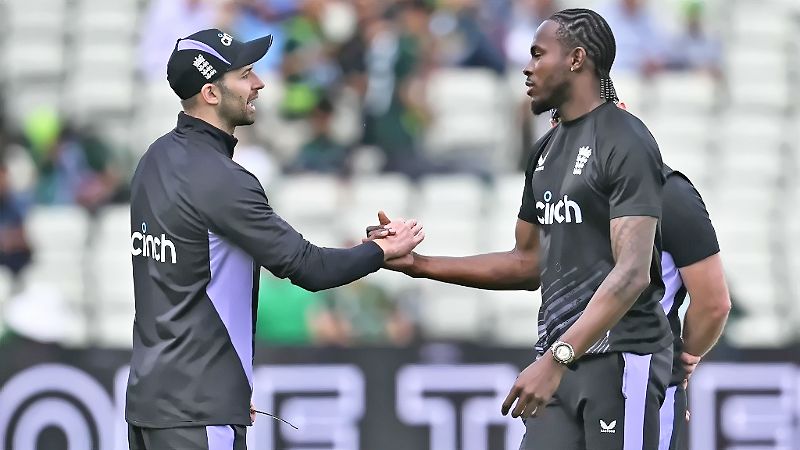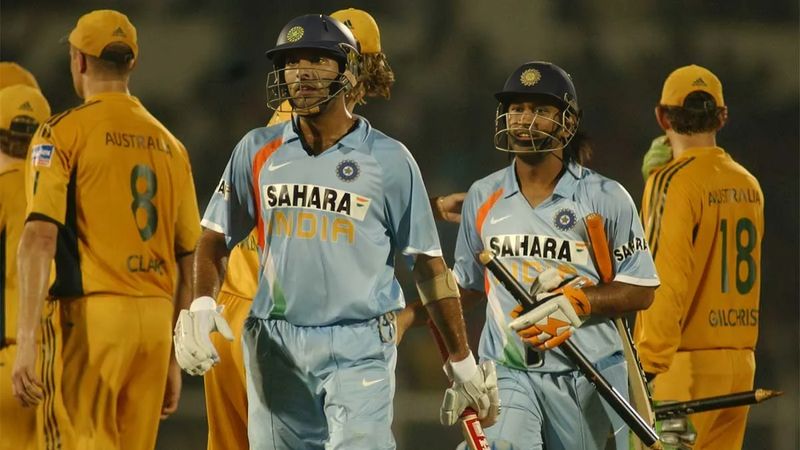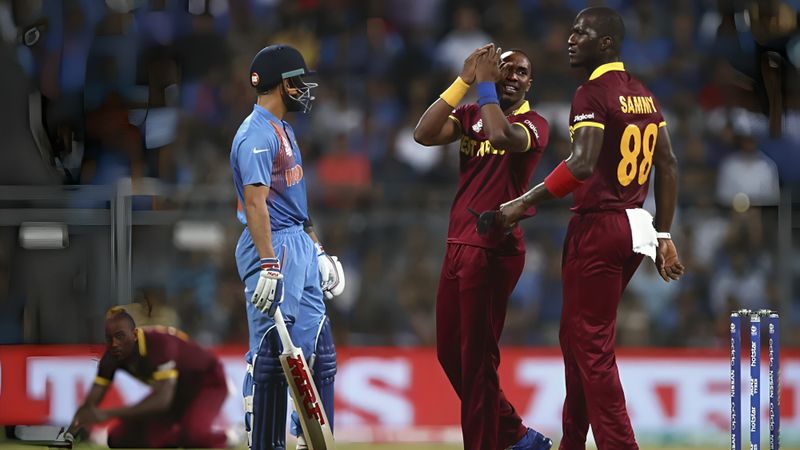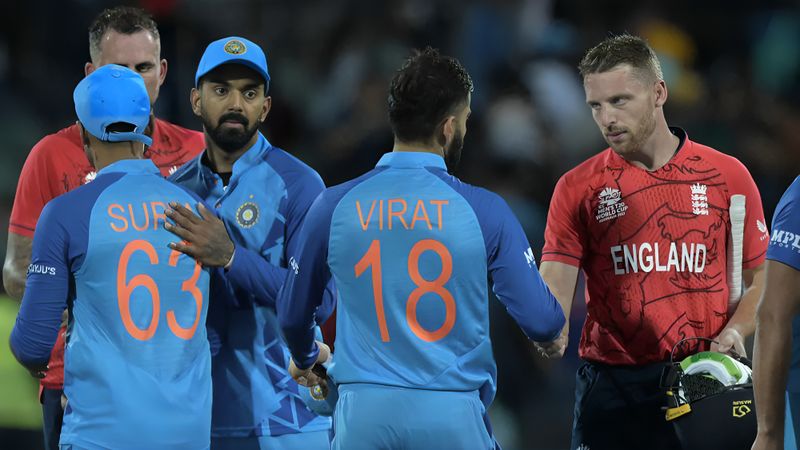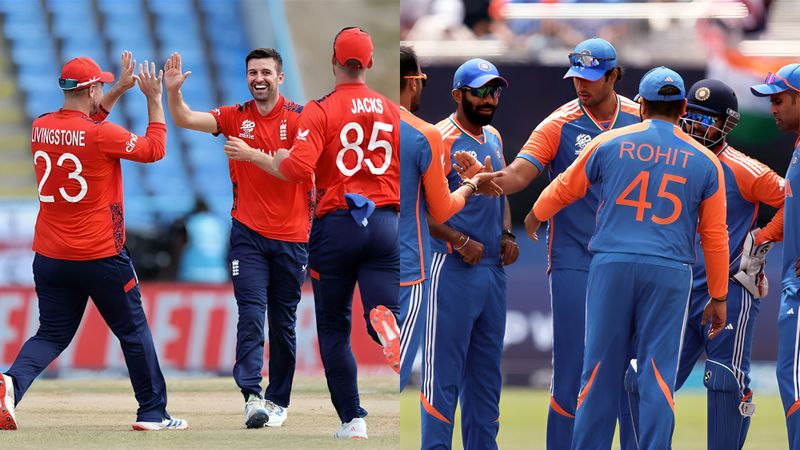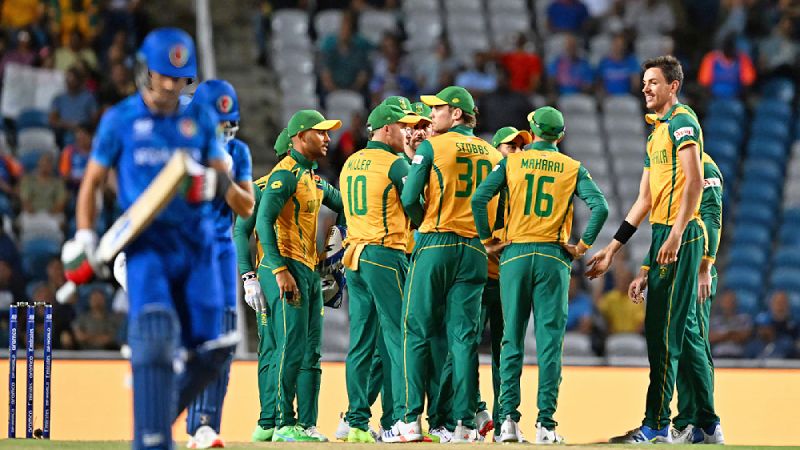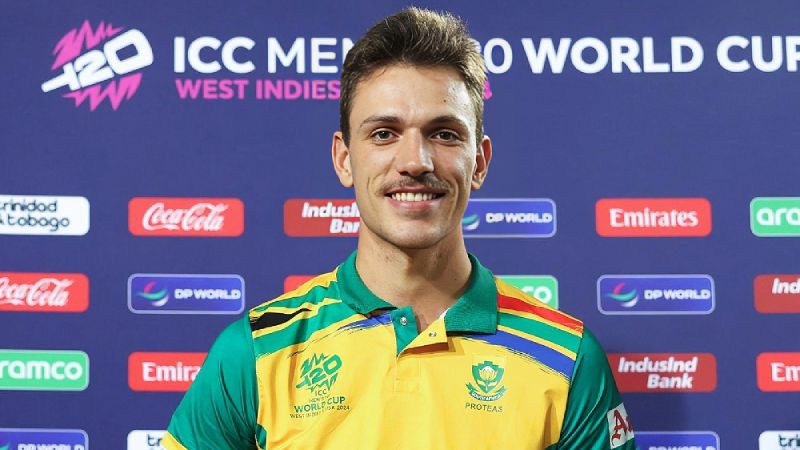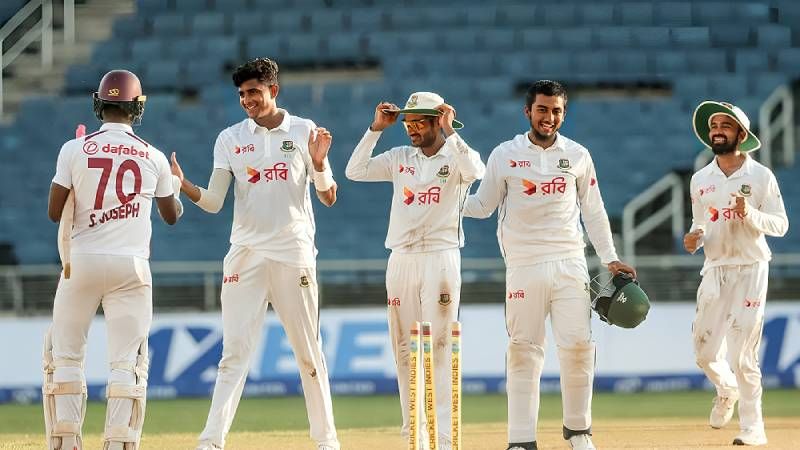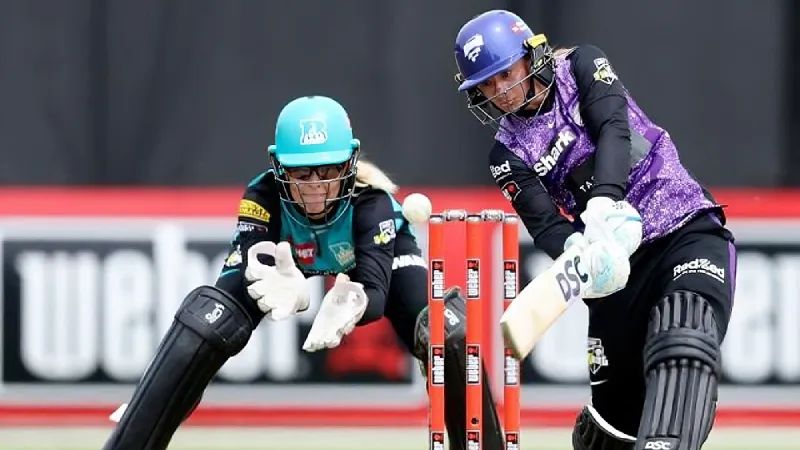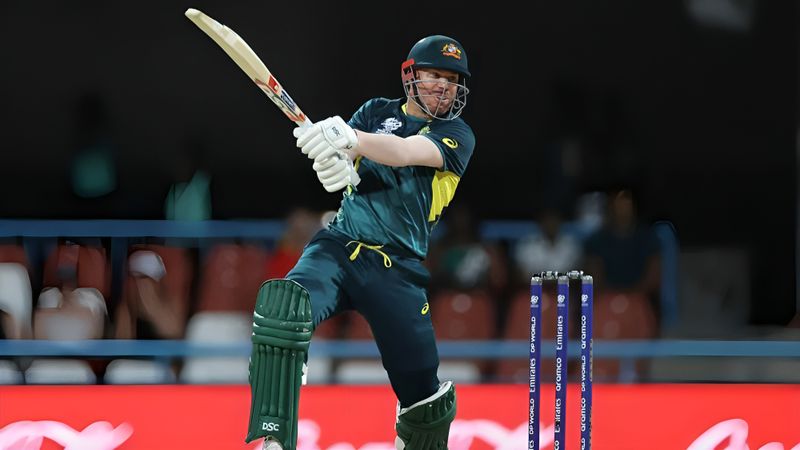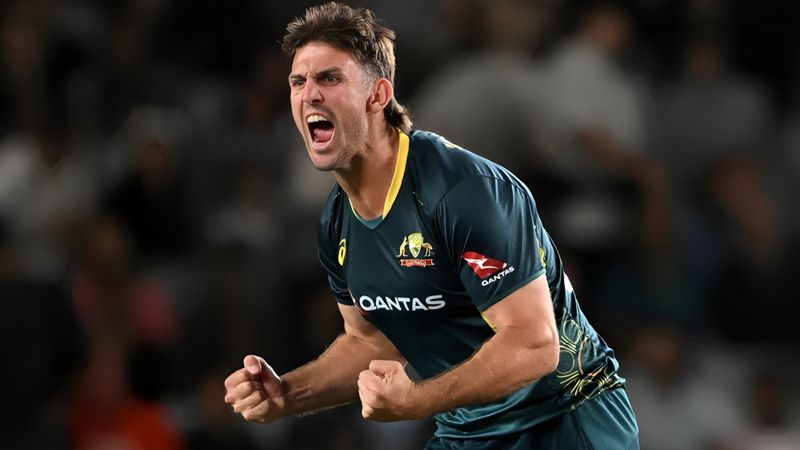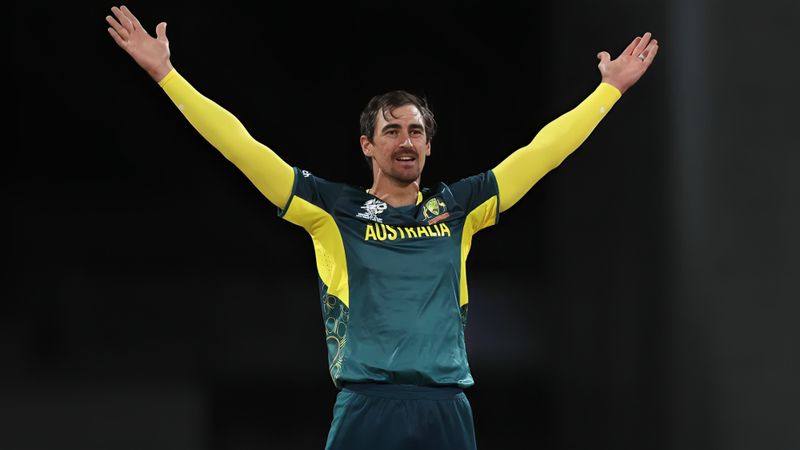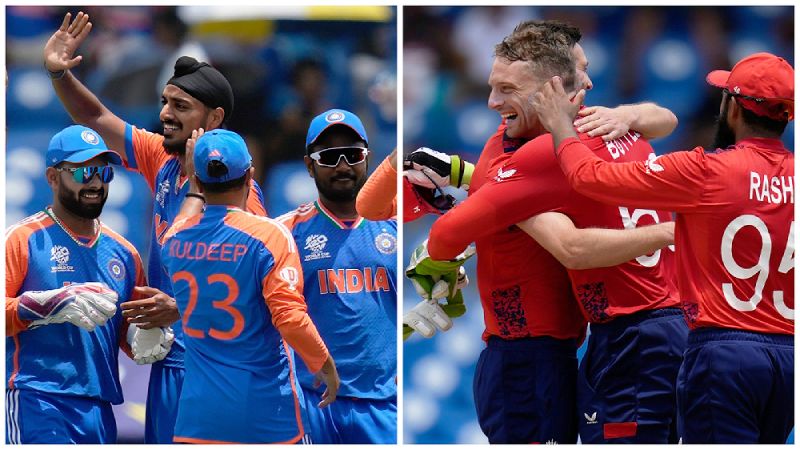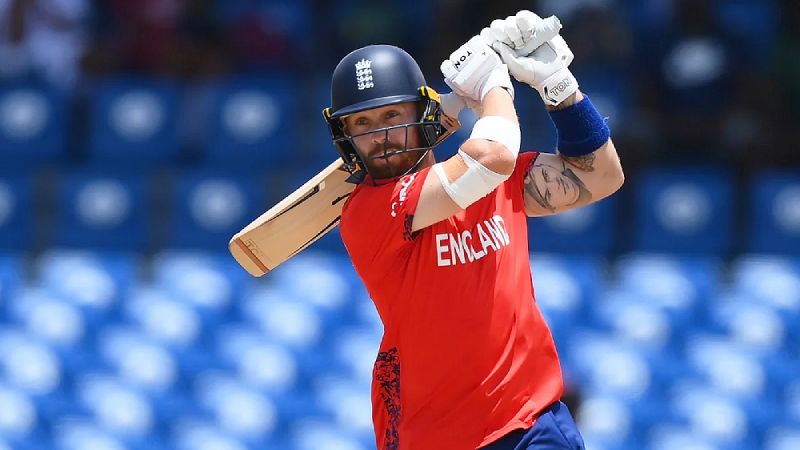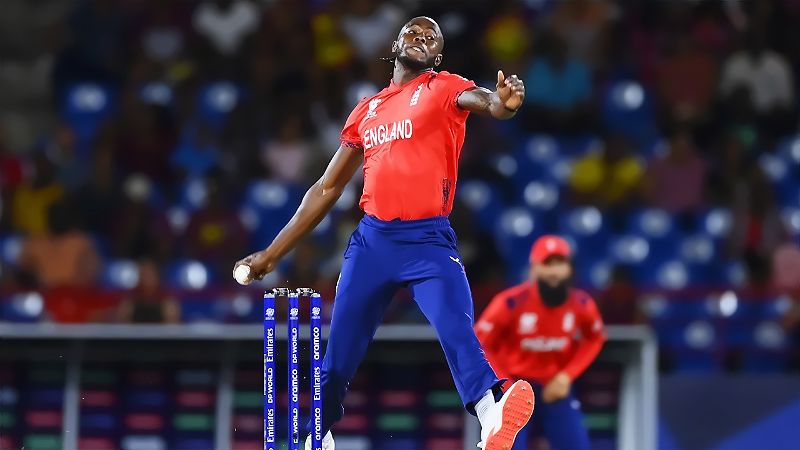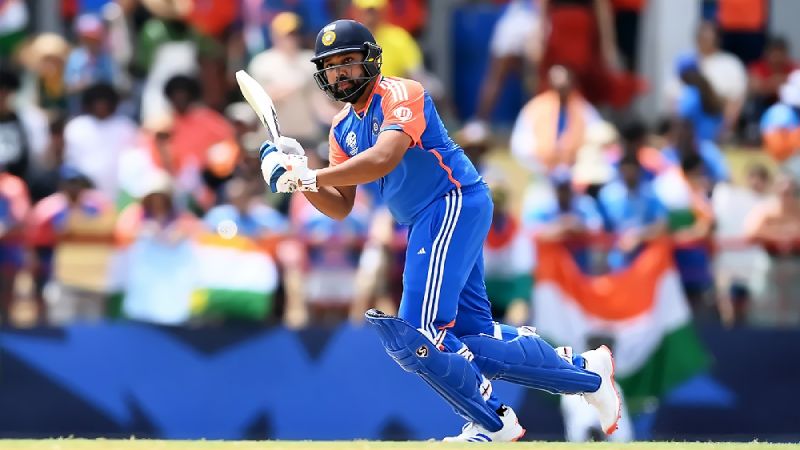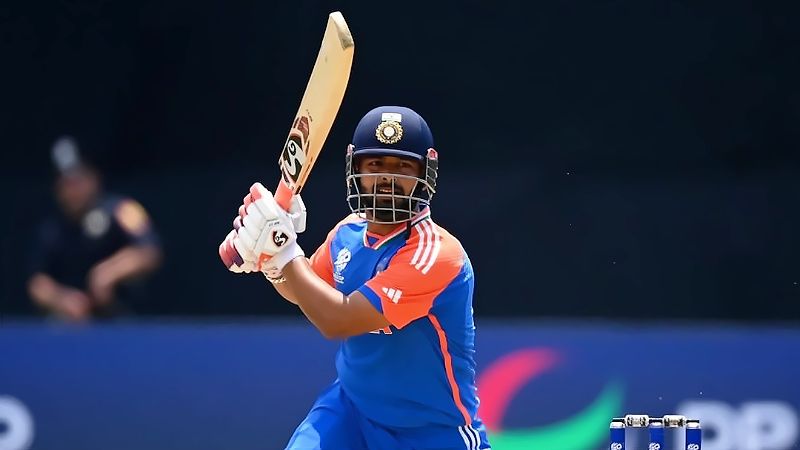Will India Stick with Three Left-Arm Spinners Against England?
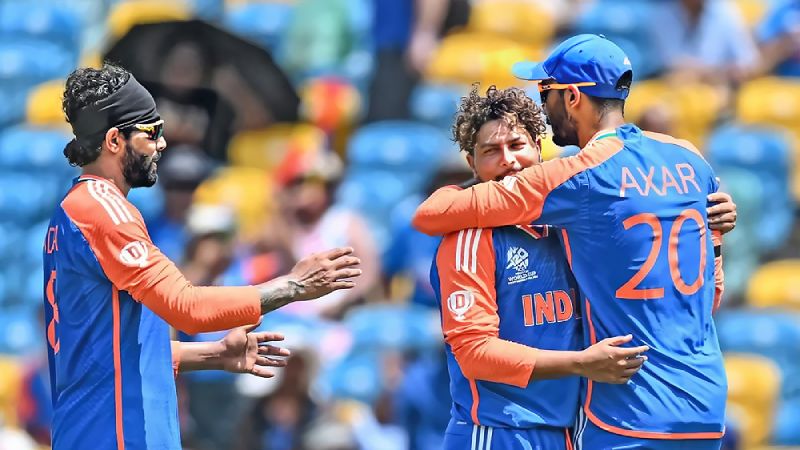

The upcoming semi-final clash between India and England in the 2024 T20 World Cup is not just a battle between two cricketing giants but also a strategic chess game, particularly when it comes to spin bowling. One of the burning questions is whether India will stick with their trio of left-arm spinners against England. Let’s delve into the nuances of this decision by analyzing England’s batting line-up and India’s spin strategy.
England’s batting prowess is well-documented, with a line-up filled with formidable right-handed batsmen who have historically handled spin well. The likes of Jos Buttler, Jonny Bairstow, Dawid Malan, and Liam Livingstone pose significant threats. Historically, right-handers have had an advantage against left-arm spinners due to the natural angle of the ball turning into them, making it easier to play through the leg side.
However, the dynamics of T20 cricket are ever-evolving, and the impact of match-ups has become more pronounced. While England’s right-handers might fancy their chances against left-arm spinners, India has utilized this strategy with notable success in this tournament. The trio of Ravindra Jadeja, Axar Patel, and Kuldeep Yadav have formed a potent spin attack, each bringing a unique skill set to the table.
Ravindra Jadeja is a critical cog in India’s spin machinery, known for his accuracy, speed through the air, and ability to bowl in the powerplay as well as the middle overs. Despite not being heavily utilized in some matches, Jadeja’s experience and all-round capabilities make him a valuable asset. His left-arm orthodox spin is particularly effective in choking runs and building pressure, a tactic that could be crucial against a strong English batting line-up.
Jadeja’s contributions extend beyond his bowling. His exceptional fielding and batting lower down the order add depth to the Indian team, making him a versatile player. In a high-stakes match like the semi-final, his experience and ability to perform under pressure could tilt the scales in India’s favor.
Axar Patel, like Jadeja, is known for his economy and wicket-taking ability. His height allows him to extract bounce from the pitch, making him a difficult bowler to get away. Axar’s consistency in hitting the right areas and his knack for picking crucial wickets have made him a reliable option for India.
Kuldeep Yadav, on the other hand, brings the variety with his wrist spin. His ability to turn the ball both ways and his variations in flight and pace can bamboozle even the best of batsmen. Kuldeep’s recent form has been impressive, and his confidence will be high going into this crucial match. His inclusion provides India with a different dimension, making it harder for the opposition to settle.
India’s bowling strategy in the semi-final will hinge significantly on pitch conditions. If the pitch favors spin due to dry conditions, retaining three left-arm spinners could prove to be a strategic advantage. Dry conditions typically favor spin bowlers by offering turn and bounce, which would benefit Jadeja, Axar, and Kuldeep while also exploiting England’s potential vulnerability against high-quality spin.
However, if the conditions are not as spin-friendly, India might consider tweaking their combination. The presence of quality pace options like Jasprit Bumrah, Mohammed Shami, and Hardik Pandya offers India the flexibility to adapt. A balanced attack, mixing pace with spin, could be the way forward if the pitch does not heavily favor spinners.
For more, visit JeetBuzz News to read our quality Cricket Blog updates. Explore if you want to reminisce and enjoy all of your favourite cricket players and nostalgic match moments. To ensure that you never miss out, keep updated and join in the fun!
More Cricket Article




These 5 Talented Bowlers Could Steal the Spotlight in UP T20 2024
The UP T20 League 2024 is set to be an exciting spectacle, featuring exceptional cricketing talent from Uttar Pradesh. Among the participants, five bowlers are







What to Expect in the 2nd ENG vs SL Test: Three Critical Aspects
As England and Sri Lanka prepare to face off in the second Test at Lord’s, the series is finely poised. England secured a convincing win







West Indies Dominate in T20 Series as South Africa’s Lack of Depth Is Exposed Ahead of 2026
The West Indies have once again proven their mettle in the T20 format, clinching yet another series victory against South Africa, making it their third

